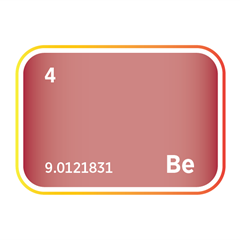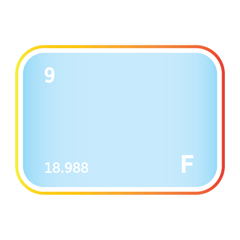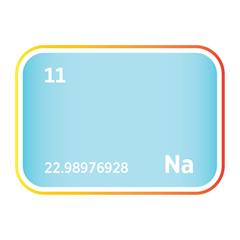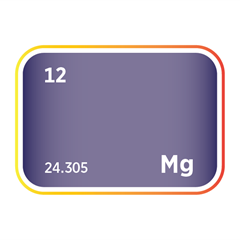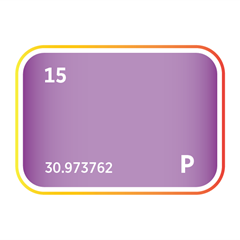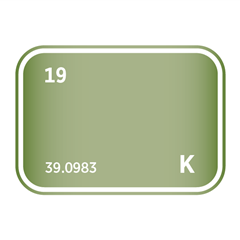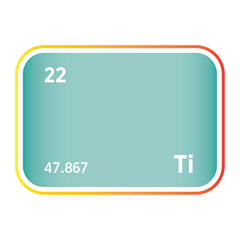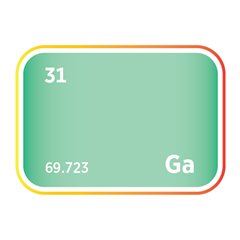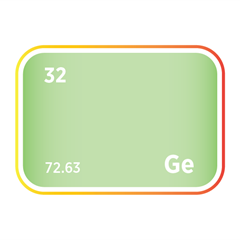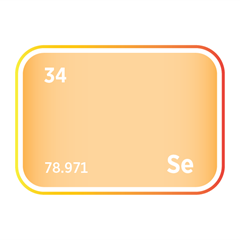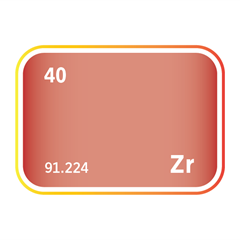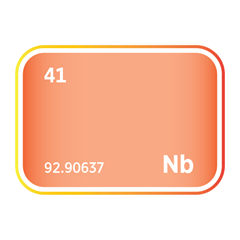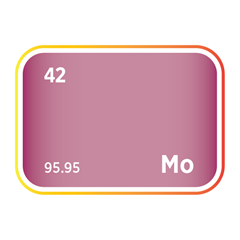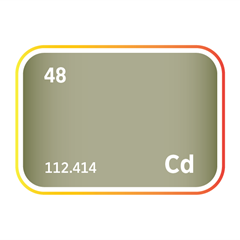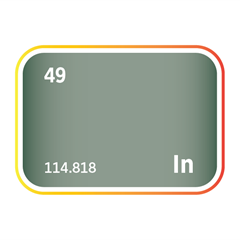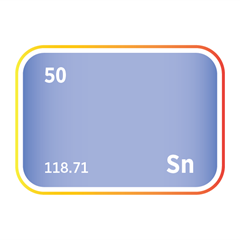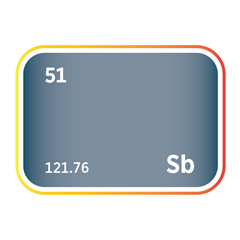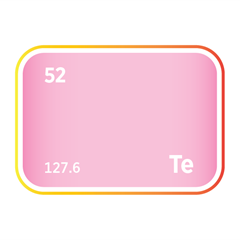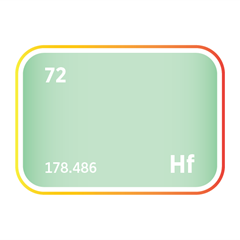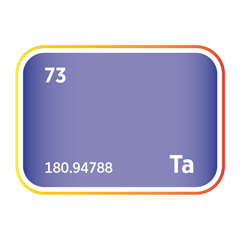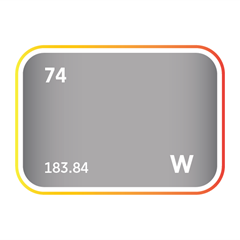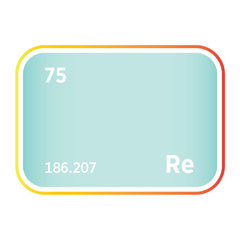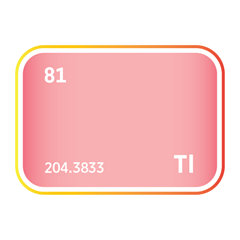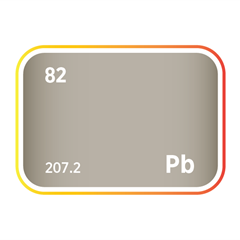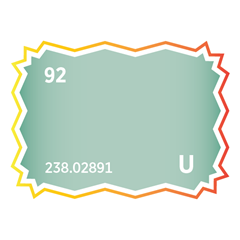Rhenium
Critical Minerals and The Energy Transition
Navigating the Rhenium Market
Rhenium, a rare and highly valued metal, occupies a unique niche in the global market due to its exceptional properties and scarcity. With one of the highest melting points and densities among all elements, rhenium is predominantly used as an alloying agent in superalloys for high-temperature turbine engines in the aerospace industry, enhancing their resistance to heat and wear. Its applications extend to catalysts in the petrochemical industry for refining crude oil into gasoline and other products, showcasing its critical role in both advanced technology and everyday energy solutions. The market for rhenium is characterized by its limited availability, as it is mainly obtained as a byproduct of molybdenum and copper mining, posing challenges to supply stability. Despite these constraints, the demand for rhenium continues to grow, driven by its irreplaceable role in aerospace engineering and its expanding use in new technologies requiring materials that can withstand extreme conditions. The future of the rhenium market hinges on advancements in recycling methods, exploration for new reserves, and innovation in material science, as industries seek to balance the metal's exceptional capabilities with sustainable and efficient resource management.
An introduction to rhenium
Rhenium demand and end-uses
Rhenium is a dense, heat-resistant transition metal with exceptional high-temperature strength and corrosion resistance, making it one of the most valuable and strategically important elements in advanced manufacturing. Though produced in small volumes, rhenium plays an outsized role in high-performance applications across the aerospace, defence, energy, and chemical industries. Its unique metallurgical properties, particularly its high melting point and ability to retain mechanical strength at extreme temperatures, make it indispensable in demanding engineering environments.
The aerospace sector is the largest consumer of rhenium, where it is primarily used in nickel-based superalloys for jet engine turbine blades, combustion chambers, and exhaust nozzles. These superalloys can withstand extreme thermal and mechanical stress, allowing for higher engine efficiency, improved fuel economy, and reduced emissions. Rhenium-containing alloys enable engines to operate at higher temperatures without deformation or failure, supporting both military and commercial aviation. As global aviation fleets modernise and engine performance requirements increase, demand for rhenium remains closely tied to the aerospace supply chain.
In defence applications, rhenium’s durability and heat resistance are equally critical. It is used in rocket nozzles, missile propulsion systems, and high-temperature structural components, where material failure is not an option. Its inclusion in advanced alloys supports the development of next-generation propulsion systems, hypersonic vehicles, and satellite technologies. The strategic importance of rhenium in defence contexts means it is often prioritised in critical mineral lists despite its relatively limited market size.
Rhenium also has a well-established role in the chemical sector, particularly as a catalyst. Rhenium is used in reforming catalysts for the production of high-octane petrol, where it enhances catalytic activity and longevity under harsh refinery conditions. It is also employed in the production of ultra-pure hydrogen and in selective oxidation reactions in fine chemical manufacturing. The long operational life of rhenium-based catalysts contributes to their cost-effectiveness, even at low concentrations.
In electronics, rhenium is used in electrical contacts, filaments, thermocouples, and X-ray equipment due to its stability, conductivity, and resistance to arc erosion. Its high melting point and strength at elevated temperatures make it valuable in vacuum electronics, mass spectrometry, and certain semiconductor manufacturing processes. These niche applications are small in volume but technically significant, especially in industries where equipment reliability and precision are critical.
Rhenium is not mined directly but is typically recovered as a by-product from the processing of molybdenum and copper ores, primarily from porphyry copper deposits. The supply is therefore constrained by the economics and throughput of associated base metal mining. Production is geographically concentrated, with output linked to large copper operations in countries such as Chile, the United States, Kazakhstan, and Poland. Secondary supply from recycling, particularly of turbine blades and spent catalysts, plays an important role in meeting demand, given the element’s scarcity and high unit value.
Looking ahead, rhenium demand is expected to remain robust, driven by the continued need for high-temperature materials in aerospace and defence, as well as stable catalyst demand in petrochemicals. Potential growth areas include advanced propulsion systems, hypersonic technology, and possibly new catalytic processes for sustainable fuels and hydrogen production. However, supply risks remain due to the element’s by-product status, limited reserves, and lack of diversified production sources.
As a result, rhenium is increasingly viewed as a critical material, not for its volume, but for its irreplaceable performance characteristics in mission-critical technologies. Investment in recycling technologies, substitution research, and supply diversification will be essential to ensuring long-term availability. In a world of rising technical demands and geopolitical uncertainty, rhenium’s strategic importance is only expected to deepen.
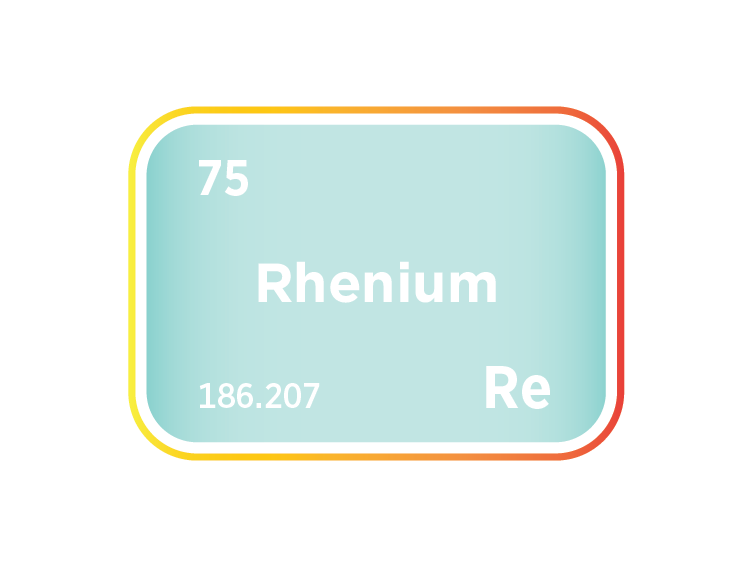
Rhenium supply
Rhenium supply is exceptionally rare, geographically constrained, and tightly coupled to the production of copper and molybdenum, with just a handful of countries accounting for the majority of global output. Unlike most metals, rhenium does not occur in mineable concentrations and is instead recovered as a by-product from the processing of molybdenite concentrates, which themselves are typically by-products of large-scale copper porphyry mining. This makes rhenium one of the most supply-sensitive elements, with its availability subject to the operational status of a limited number of copper–molybdenum mines and the presence of specialised recovery infrastructure.
Chile is the world’s leading producer, benefiting from its vast high-rhenium-content copper–molybdenum deposits and integrated processing capacity operated by state-owned Codelco. The United States follows closely, with rhenium recovered at Freeport-McMoRan’s operations in Arizona and Colorado, where molybdenum is both mined and roasted domestically. Kazakhstan contributes strategic output from its Ertis and Balkhash metallurgical complexes, while Poland extracts modest but important volumes from copper tailings processed by KGHM. Russia maintains an opaque and variable production profile, shaped by smelter feedstock, geopolitical priorities, and limited public disclosure. Armenia also produces small quantities of rhenium through its copper–molybdenum sector, although data is limited.
China, though not a major rhenium producer, is a critical downstream actor. It is a major consumer and processor of rhenium in superalloy and catalyst applications and influences global availability through its control over refining capacity and export policy. Together, these countries underpin a fragile, geographically narrow, and politically exposed rhenium supply chain.
Recovery of rhenium is technically complex and energy-intensive. It is usually extracted from roaster gases at molybdenum processing plants through wet-chemical techniques, yielding compounds such as perrhenic acid or ammonium perrhenate. These methods require high molybdenum grades and dedicated infrastructure, meaning many operations—even those handling rhenium-bearing ores—do not recover it if concentrates are exported or if roasting capacity is absent. As a result, actual rhenium output is far lower than potential geological availability.
Secondary supply from recycling is limited but growing. Most rhenium recycling comes from superalloy scrap, particularly aerospace turbine blades and engine parts, where rhenium concentrations can be relatively high. Scrap recovery is technically feasible but requires careful segregation and high-purity processes, limiting the volume and consistency of secondary rhenium supply. As more rhenium-containing alloys reach end-of-life, particularly from aircraft engines, recycling could become a more prominent source, especially in light of the high cost and scarcity of primary supply.
The supply of rhenium is increasingly affected by geopolitical risk, trade restrictions, and industrial policy. Concentration in a few countries and reliance on by-product recovery make the market highly vulnerable to disruptions in copper or molybdenum mining, geopolitical sanctions, or shifts in strategic stockpiling. For instance, rhenium was identified by the US as a critical mineral essential for defence and aerospace applications. China, while not a major rhenium producer, is a significant consumer and has occasionally exerted influence over downstream superalloy production and export policy, adding complexity to global supply dynamics.
Environmental and regulatory pressures also affect rhenium recovery. The processes used to extract rhenium from flue gases must meet stringent environmental standards related to air emissions, waste management, and acid handling. As countries tighten metallurgical emissions rules, especially for sulphur dioxide and heavy metals, the cost and complexity of rhenium recovery could rise, potentially curbing output where retrofitting is uneconomical.
Looking ahead, rhenium supply will remain tightly constrained by its co-production nature. Because there are no significant standalone rhenium reserves or primary mines, its availability is dictated by molybdenum and copper production volumes, roasting infrastructure, and the willingness of processors to invest in recovery systems. With rhenium demand expected to grow in aerospace, energy, and emerging catalyst technologies, long-term supply security will depend on expanding recovery from existing ores, improving recycling systems, and investing in technologies that enable lower-grade or alternative feedstocks to be economically processed.
Rhenium producers
Rhenium substitution
Rhenium substitution is highly constrained by the element’s exceptional physical and chemical properties, particularly in high-performance applications where few alternatives can match its combined strength, heat resistance, and corrosion tolerance. As one of the densest and highest-melting-point metals, rhenium is used primarily in aerospace superalloys and catalysts, sectors where performance margins are tight, and material failure is not an option. Nonetheless, due to rhenium’s scarcity, high cost, and supply risks, considerable efforts have been made to reduce or partially substitute it where feasible.
In aerospace, rhenium is a critical alloying element in single-crystal nickel-based superalloys used in turbine blades, combustors, and other jet engine components. Its inclusion improves creep strength, thermal stability, and oxidation resistance at extreme temperatures, enabling more efficient, hotter-running engines. Partial substitution in these alloys is possible through redesign and alternative alloy formulations. Elements like ruthenium, tantalum, hafnium, tungsten, and molybdenum are often used in combination to replicate some of rhenium’s performance attributes. However, reducing rhenium content typically results in a trade-off between high-temperature capability and component lifespan. OEMs such as GE and Rolls-Royce have developed “rhenium-lean” or “rhenium-free” superalloys for certain applications, but in high-thrust, high-efficiency engines, substitution remains limited without compromising operational performance.
Catalyst applications—particularly platinum–rhenium catalysts used in petroleum reforming, have seen more successful substitution. Rhenium enhances the selectivity and longevity of reforming catalysts, improving octane yields in high-value fuel fractions. However, in response to price volatility and availability concerns, many refiners have adopted alternative catalyst formulations. Bimetallic catalysts using platinum–iridium, platinum–tin, or platinum–ruthenium systems can deliver comparable results, especially when coupled with advanced process controls and regeneration systems. Although these substitutes are often less stable or require more frequent regeneration, they offer more secure sourcing options.
In thermocouples and electrical contacts, rhenium is used in alloys such as tungsten–rhenium or molybdenum–rhenium, which are valued for their stability at extreme temperatures and under high electrical loads. In these contexts, substitution is limited. Tungsten-only or molybdenum-only systems can be used at lower performance thresholds, but they lack the same longevity, resistance to embrittlement, or thermal conductivity. High-performance electronics and scientific instrumentation thus continue to rely on small quantities of rhenium, where substitution would reduce precision or durability.
Additive manufacturing and materials science have introduced opportunities for substitution through better material efficiency and component design. In aerospace, for instance, 3D printing and topology optimisation allow manufacturers to achieve equivalent performance using less rhenium-rich alloy material. Additionally, advances in ceramic matrix composites (CMCs) and oxide-dispersion-strengthened alloys offer alternative high-temperature materials for non-critical components, reducing overall rhenium demand without compromising performance.
Ultimately, substitution of rhenium is more often about reduction than replacement. In critical systems, especially military jets, deep-space engines, or advanced reactors, no current material fully replicates rhenium’s unique suite of properties. Substitution strategies thus centre on alloy design innovation, performance trade-offs, and hybrid systems rather than outright displacement. For catalytic and metallurgical applications where process conditions are less extreme or where cost sensitivity is high, partial substitution has been more widely adopted.
The pressure to reduce rhenium use is set to intensify as demand grows. Rising costs, geopolitical supply risks, and environmental considerations are prompting OEMs, refiners, and materials scientists to continually reassess where and how rhenium is deployed. Progress in recycling, component re-engineering, and alloy optimisation will be central to reducing reliance on this scarce element while preserving the high-performance characteristics it uniquely offers.



Meet the Critical Minerals team
Trusted advice from a dedicated team of experts.

Henk de Hoop
Chief Executive Officer

Beresford Clarke
Managing Director: Technical & Research

Jamie Underwood
Principal Consultant

Dr Jenny Watts
Critical Minerals Technologies Expert

Ismet Soyocak
ESG & Critical Minerals Lead

Thomas Shann Mills
Senior Machine Learning Engineer

Rj Coetzee
Senior Market Analyst: Battery Materials and Technologies

Franklin Avery
Commodity Analyst

How can we help you?
SFA (Oxford) provides bespoke, independent intelligence on the strategic metal markets, specifically tailored to your needs. To find out more about what we can offer you, please contact us.






